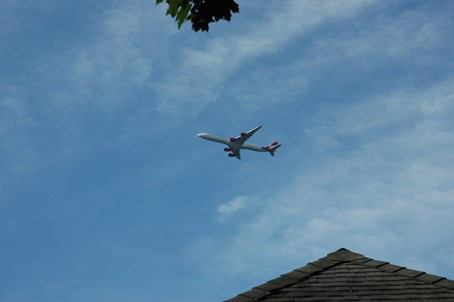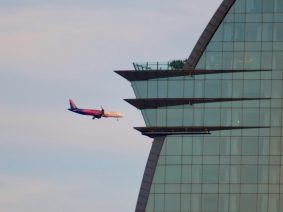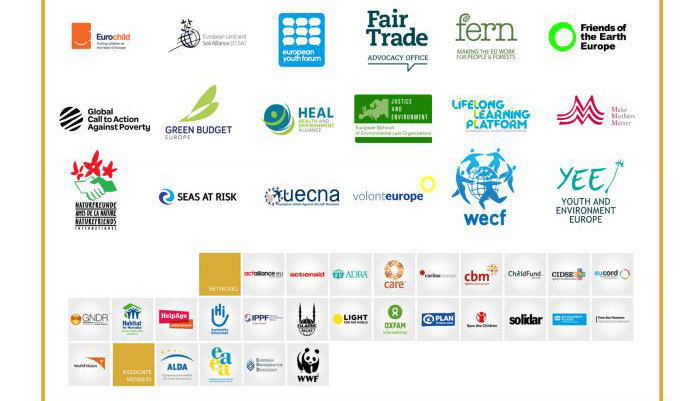
Tired of the aircraft noise in Queens, Chris Denny moved to Long Island with his family in 2015, looking for peace and quiet in Williston Park, about 10 miles from any airport. But there was no warning that his new home would wind up right under a path for planes landing at John F. Kennedy International Airport.
“I can read the numbers on the tail wings, I can look at what airlines are flying over,” Denny said. “That’s how low they’re flying, 10 miles out from the perimeter of JFK.”
You don’t have to live close to a major airport in New York to be pounded by aircraft noise. Many Nassau County residents say they feel as if they’re living next to a runway.
Community advocates blame the Federal Aviation Administration’s Next Generation Air Transportation System (NextGen), a satellite-based navigation program that was implemented in New York in 2012 to decrease the distance between aircraft. The FAA says this allows airports to handle more flights while saving airlines time and fuel.
Last month, the New York State Assembly passed a bill to conduct studies on environmental and health impacts around JFK and LaGuardia starting in 2020.
But residents have waited for change for almost a decade. NextGen created what Denny describes as “highways in the sky,” with hundreds of aircraft per day using the new paths at lower altitudes over populated areas. Flight paths had a wider airspace before NextGen, so the noise was rarely concentrated in one path.
“You might have gotten a few planes in one day, but then it was quiet for weeks,” said Jana Goldenberg, co-founder of advocacy group Plane Sense 4 LI. She says she can now watch and hear the planes roar 24/7 from her home in Jericho about 20 miles from the airport, sometimes having to pause conversations every 60 or 90 seconds.
“You can’t have a barbecue, people can’t enjoy their backyards, people can’t enjoy the park,” she said. “Who is going to open the window to hear that noise?”
Elaine Miller, a co-founder of Plane Sense 4 LI, said she worked two jobs to buy a house in Malverne before NextGen was implemented. Miller lives about seven miles from the airport, but she sometimes gets just three or four hours of sleep.
“I thought, ‘Wow, I got myself my dream house.’ Until it turned into a nightmare,” she said. “What they’re doing to us is torture.”
Miller’s lack of sleep is one of several health issues that noise pollution can bring. Peter Muennig, a professor at Columbia University’s Mailman School of Public Health, says that increased noise can pose other threats — including cardiovascular disease, hypertension and mental illness. He led a study that analyzed the trade-offs between medical costs and the volume of flights.
The researchers found that a NextGen standardized flight path used by LaGuardia could result in $11,288 additional medical costs for someone living near the flight path, and could reduce the lifespan of those residents by about one year.
“The pain and suffering and the medical costs associated with these flights patterns are outweighing the benefits,” Muennig said.
Muennig said airports were originally built in places where airplanes could fly over less-populated areas. For LaGuardia, planes would land over factories or warehouses, and take off over water or green spaces. With NextGen, flight paths are now over homes, he said.
In 2012, Congress exempted the FAA’s new technology from an environmental impact assessment, CBS reported in 2015. Advocates from Plane Sense 4 LI worked with New York elected officials on Bill S5855, which directs the Departments of Environmental Conservation and Transportation to begin studies on noise and health impacts under NextGen flight paths. The bill is on its way to the governor’s desk.
Until then, Denny is not sure if he will stay in Williston Park.
“There’s got to be issues of exhaust. There’s got to be issues of particulate matter. What’s going to be building up in our air?” Denny said. “Whatever the effect is on my children, it can’t be good.”
Source: Medium






